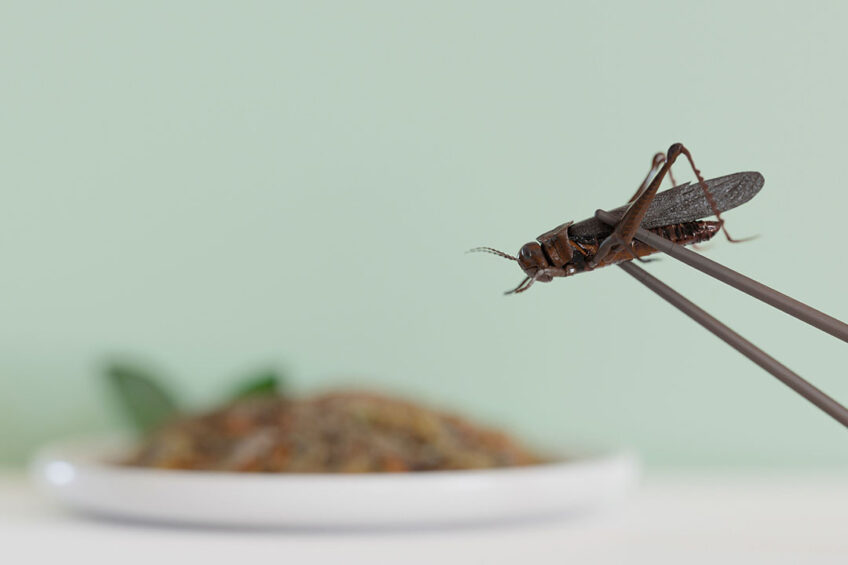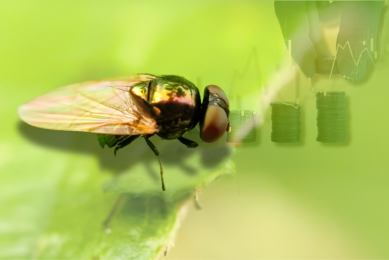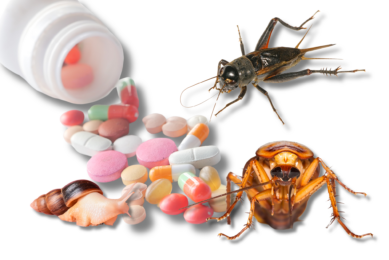Global atlas of edible insects launched

East African scientists have produced a global atlas of edible insects, providing analysis of diversity and commonality that can contribute to food systems and sustainability as the planet faces uncertainties caused by population growth and a surge in demand for nutritious food.
With traditional agricultural practices posed to place a strain on production, natural resources and ecosystem services, particularly in the light of escalating claims change, the scientists feel that edible insects can play a vital role in the global food system.
Edible insects’ role in global food system
They say that edible insects, with their low environmental footprint, high food conversion ratio, rapid growth and nutritional values, can play a vital role in the global food system.
Until now, substantial knowledge gaps persist regarding their diversity global distribution and shared characteristics across regions, potentially impending effective scaling and access to edible insects.
Database of edible insects
This led the scientists from the International Centre of Insect Physiology and Ecology, Nairobi, Kenya, the Department of Zoology and Entomology at the University of Pretoria, South Africa and the Faculty of Science and Education at Busitema University, Torono, Uganda, to compile and analysis the fragmented database on edible insects. They also identified potential drivers that elucidate global insect consumption, focusing on promoting a sustainable food system.
They collated data from a number of sources, including the literature for a list of edible insect species, the Global Biodiversity Information Facility and iNaturalist for the geographical presence of edible insects; the Copernicus Land Service library for Global Land Cover, and FAOSTAT for population, income and nutritional security parameters. Subsequently, they performed a series of analytics at country, regional and continent levels.
Results
The study identified a total of 2,205 insect species consumed across 128 nations. The figures for the largest number of insect species consumed were Asia (932), North America – mainly Mexico and Africa.
It also revealed some common and specific practices related to edible insect access and utilisation across countries and regions. Although insect consumption is often rooted in cultural practices, it exhibits correlations with land cover, the geographical presence of potentially edible insects, the size of a country’s population and income levels. People living in Africa, Asia and Latin America eat insects as it is part of their culture while increased consciousness and the need for food sustainability are the driving forces in Europe to evaluate eating insects.
The study concluded that edible insects are becoming an increasing significant part of the future of planetary food systems and that more proactive efforts are required to promote them for their effective contribution to achieving sustainable food production.
The study is published in the journal Scientific Reports – The global atlas of edible insects: analysis of diversity and commonality contributing to food systems and sustainability (nature.com)











